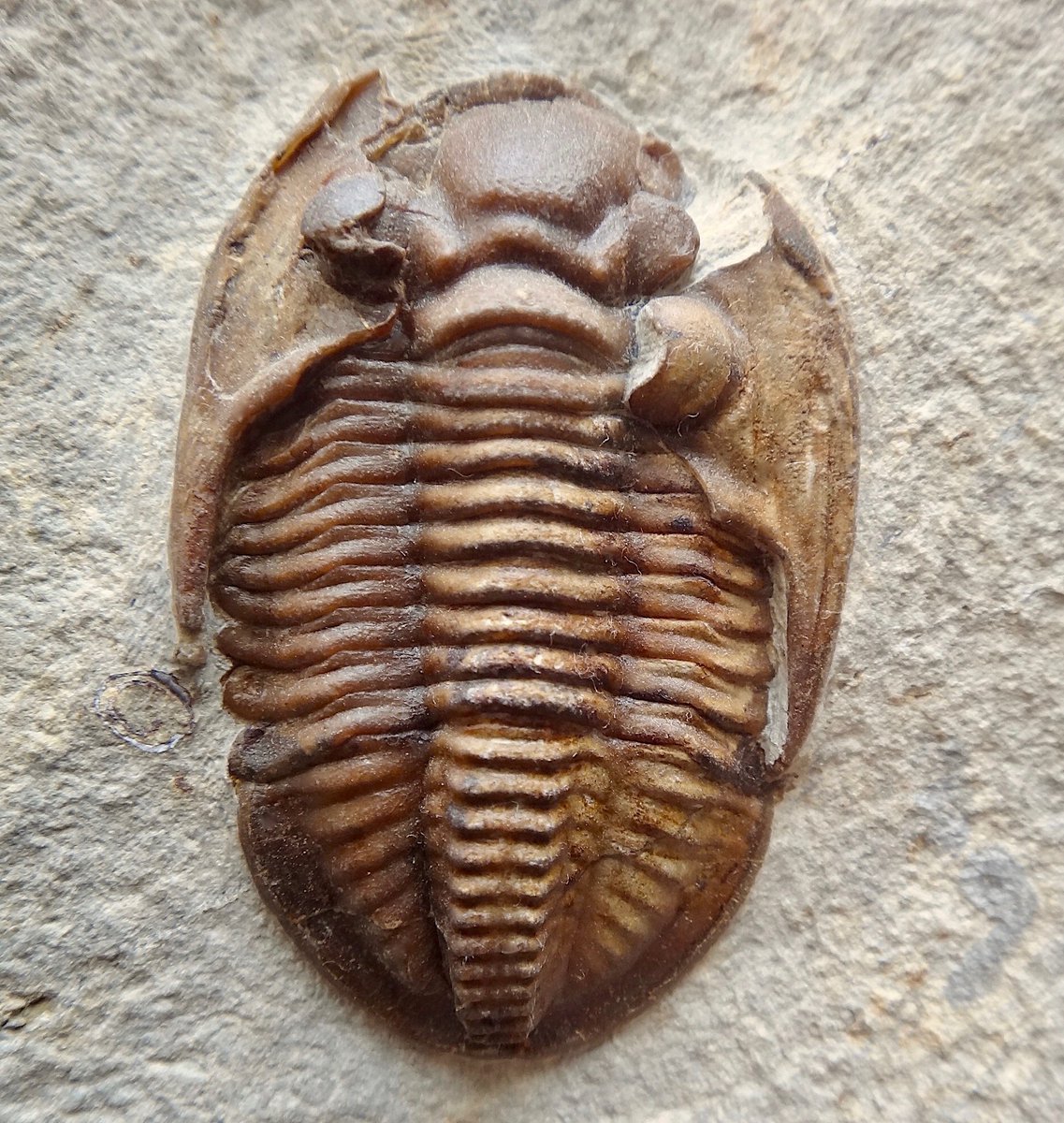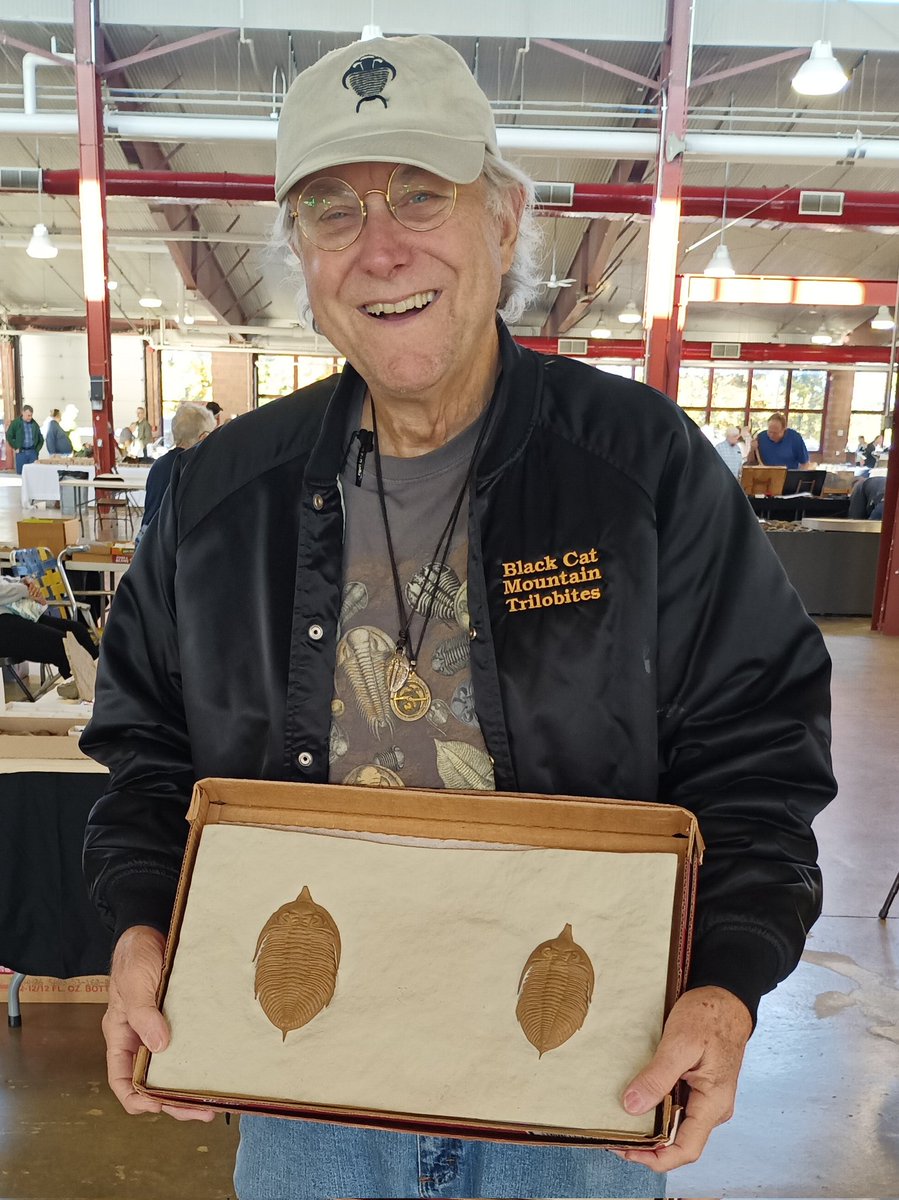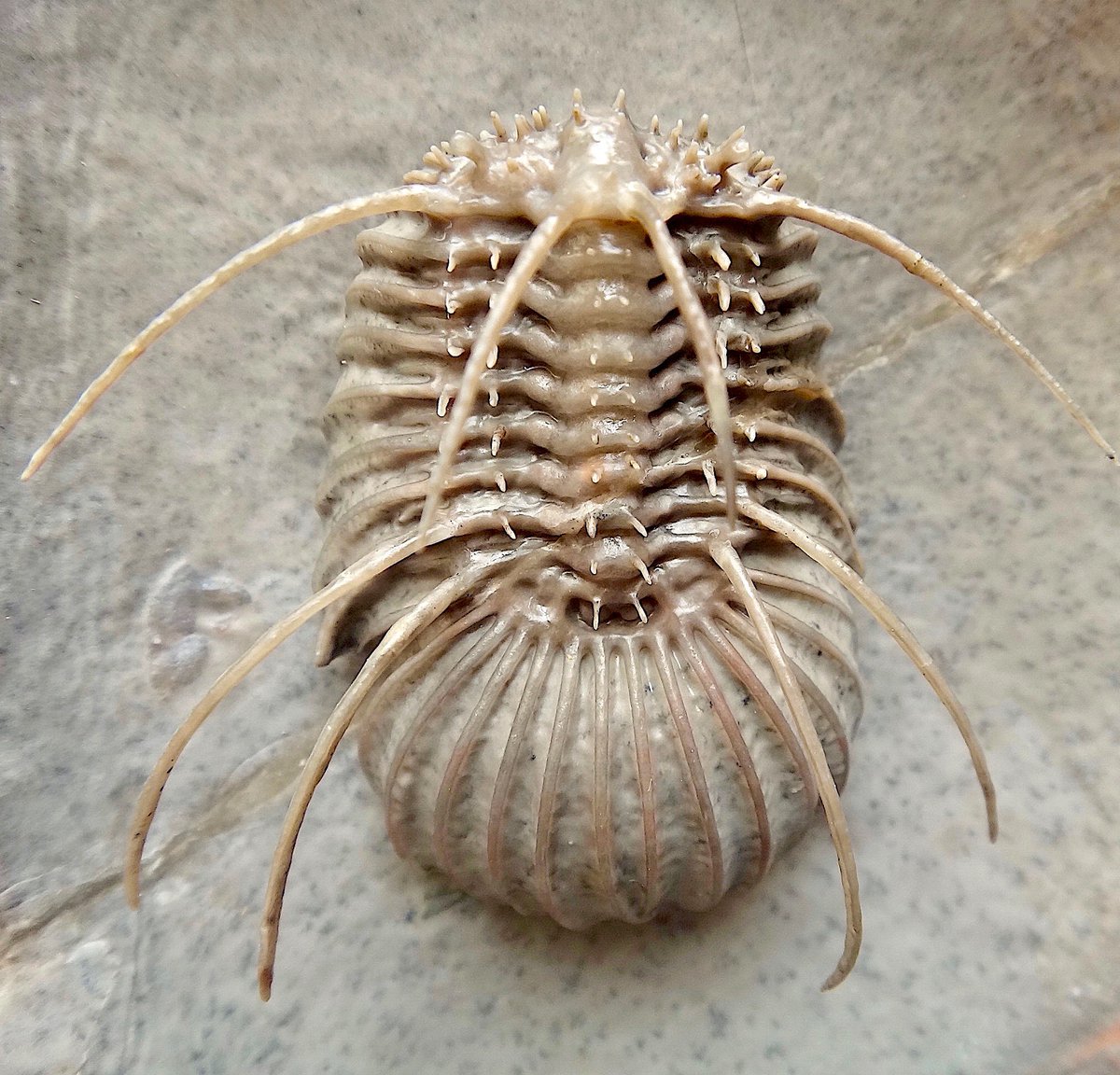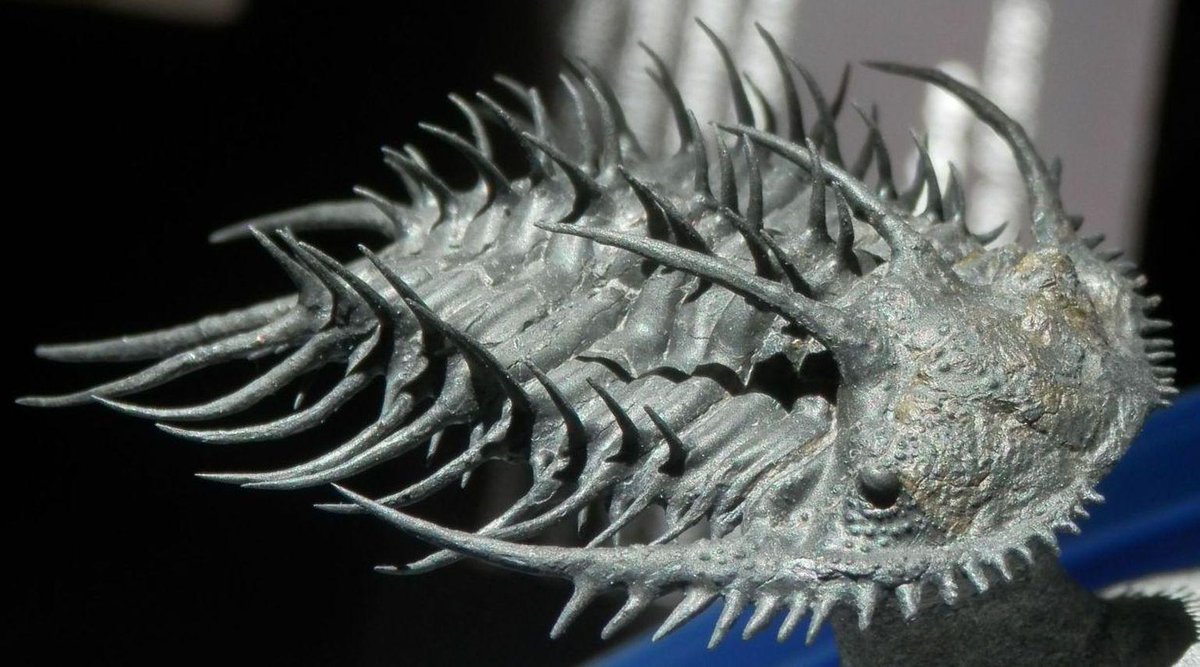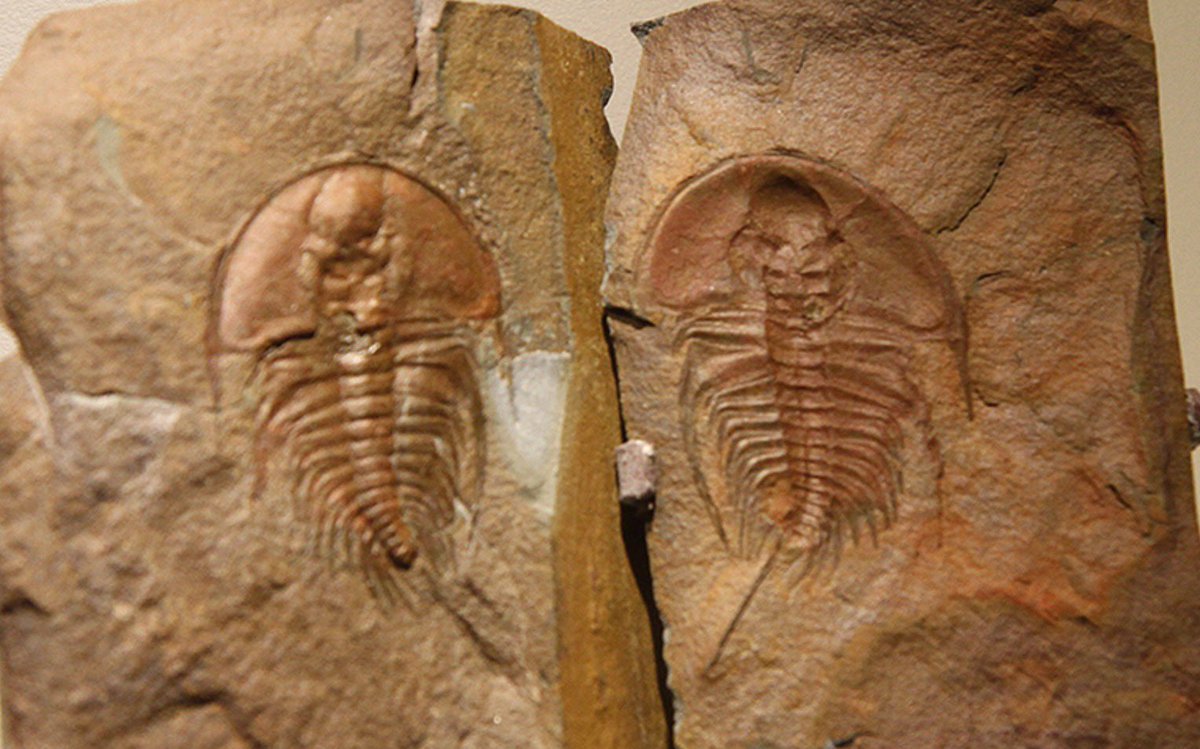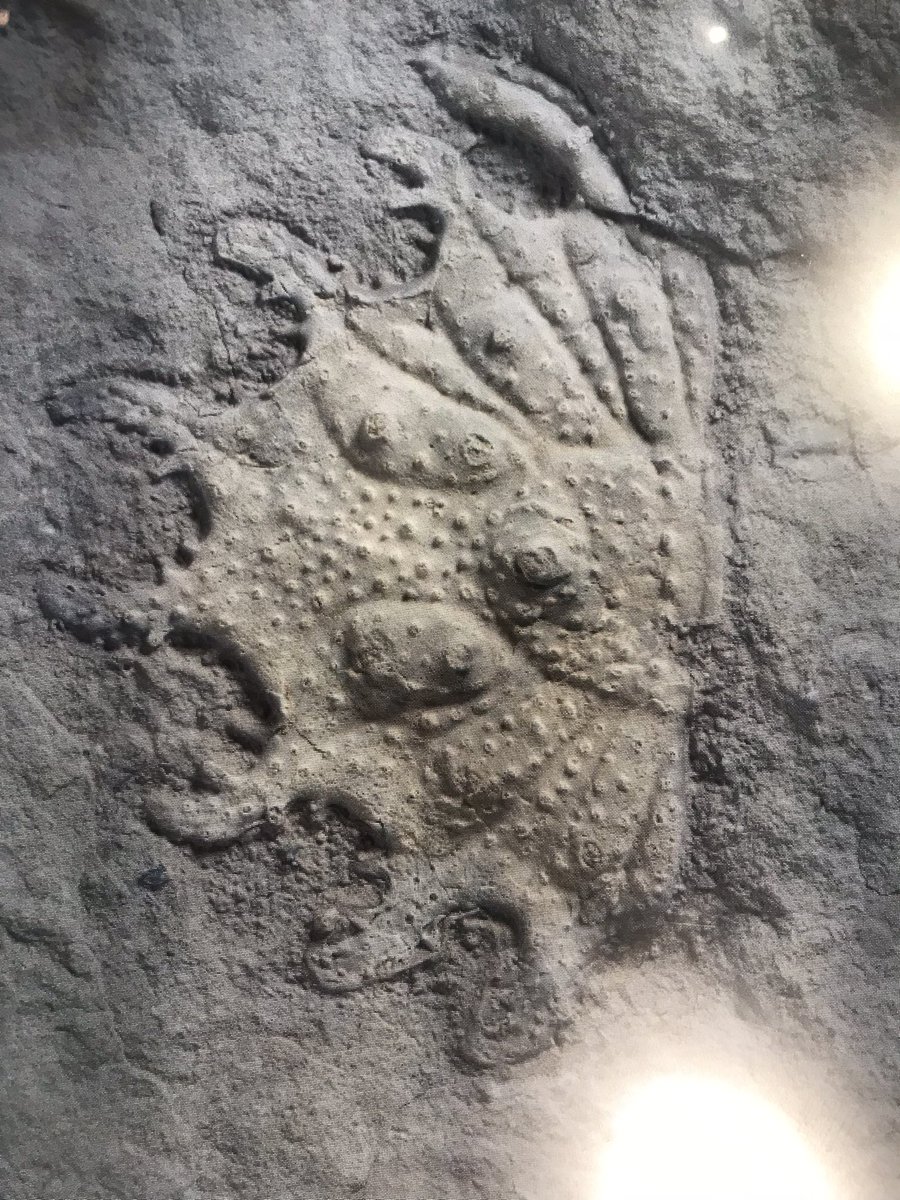
For #TrilobiteTuesday here’s Eldredgeops rana, both enrolled and struggling to right herself. In case you’re wondering, this is what actual trilobites look like, through the eyes of an informed, detail-oriented human artist 🔬
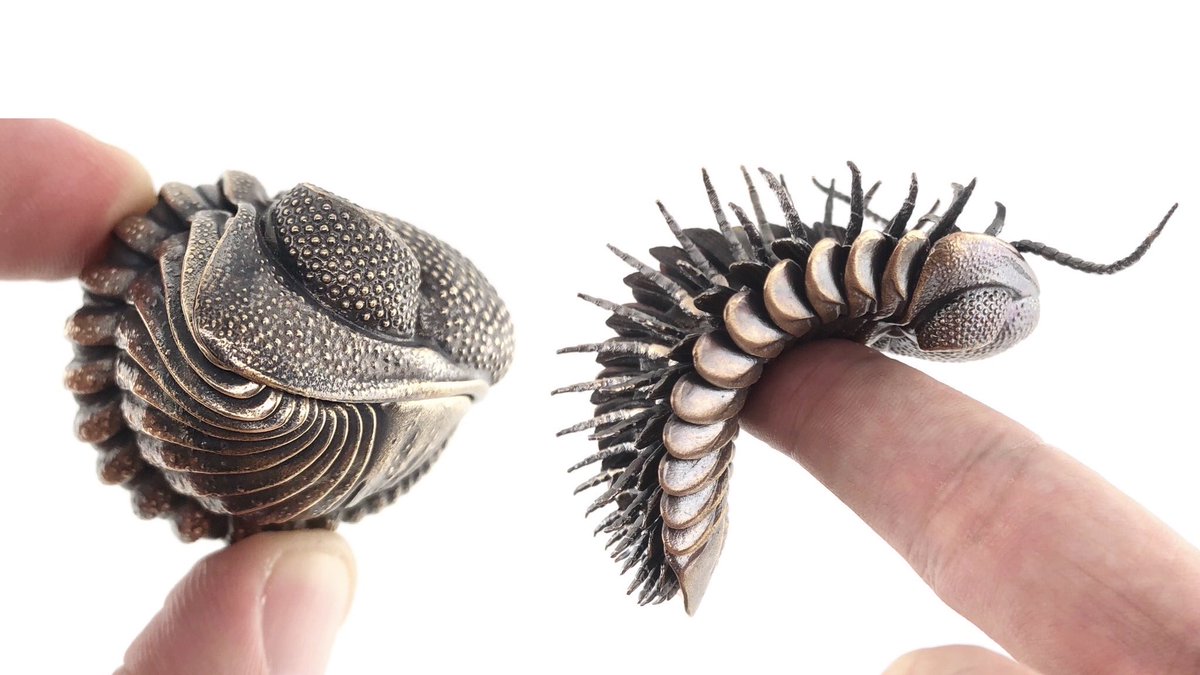

For #TrilobiteTuesday please enjoy this unidentified Harpetid sculpted from scratch and cast in bronze. So fun to do the textures on this guy!
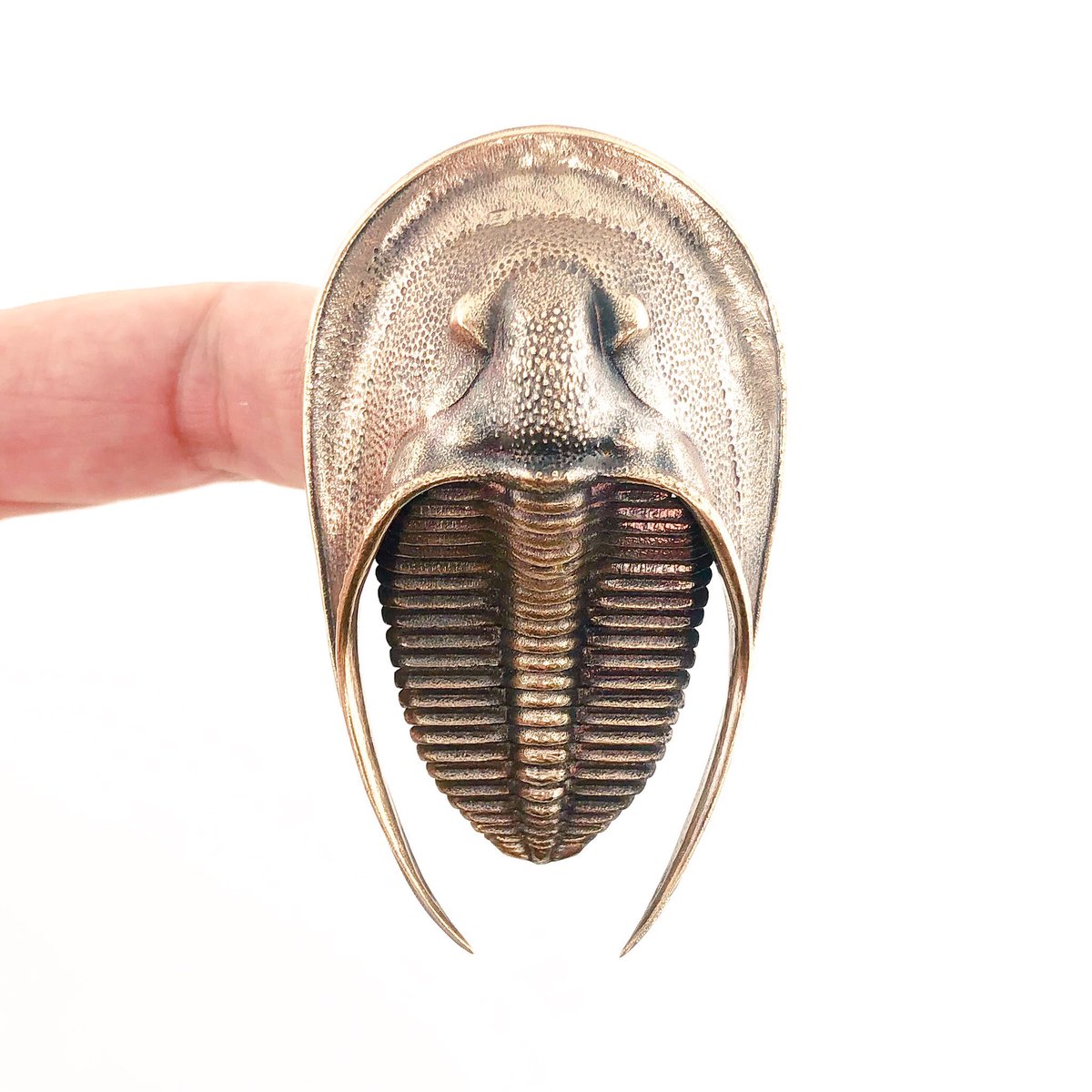

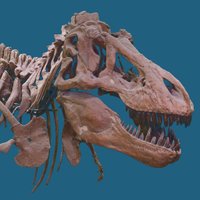
It’s #TrilobiteTuesday ! Pictured is a rare, complete example of a trilobite of the genus Radiaspis. This 2-in- (5.1-cm-) long specimen was found in the Jorf Devonian outcrops of eastern Morocco. It took 30+ hours to free this spinose critter from the surrounding limestone matrix.
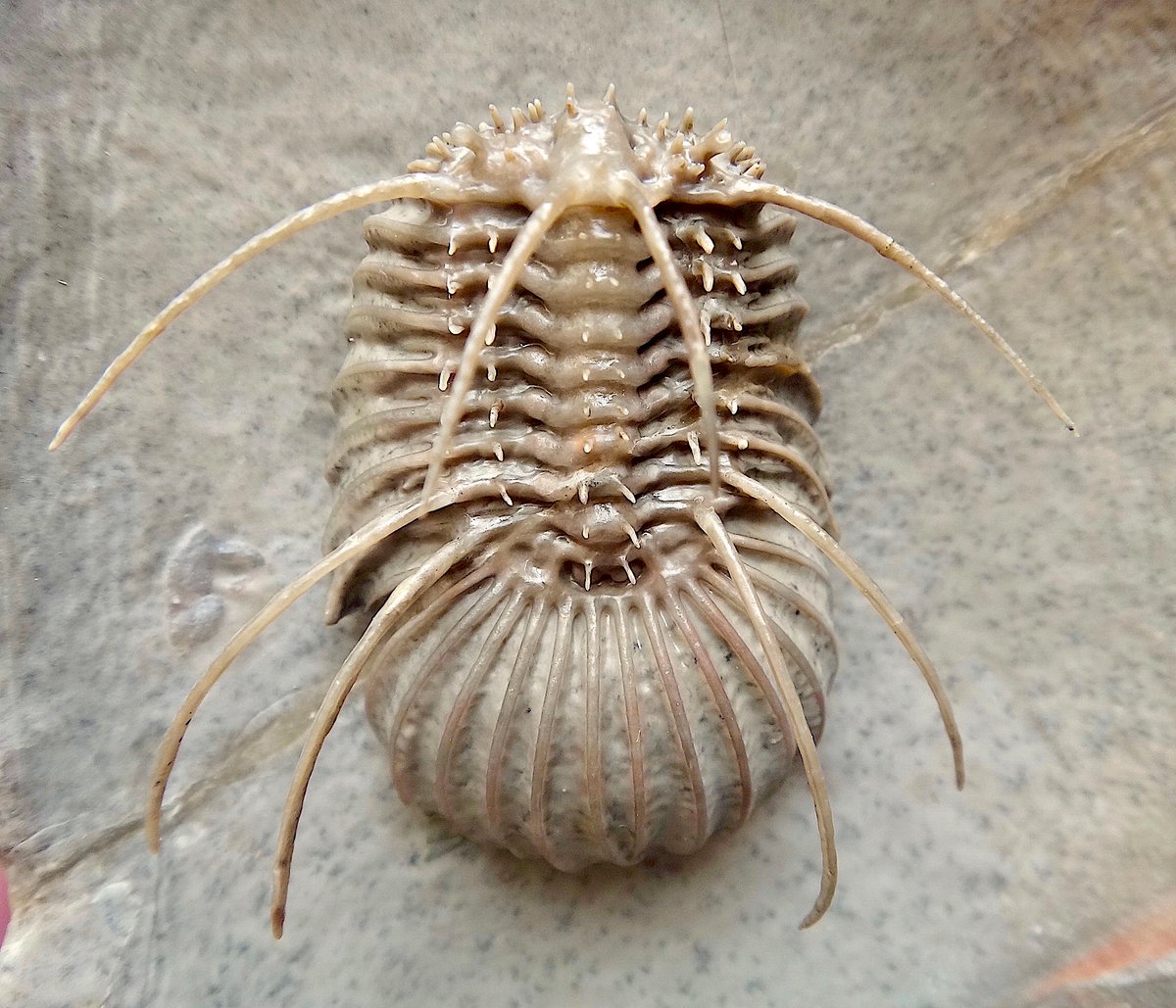

It’s #TrilobiteTuesday ! Meet Heliopeltis, one of Morocco’s strangest Devonian trilobites. This 400-million-year-old critter had a small body, large eyes, and long spines. Scientists think its unusual body design indicates that this species floated on gentle ocean currents.
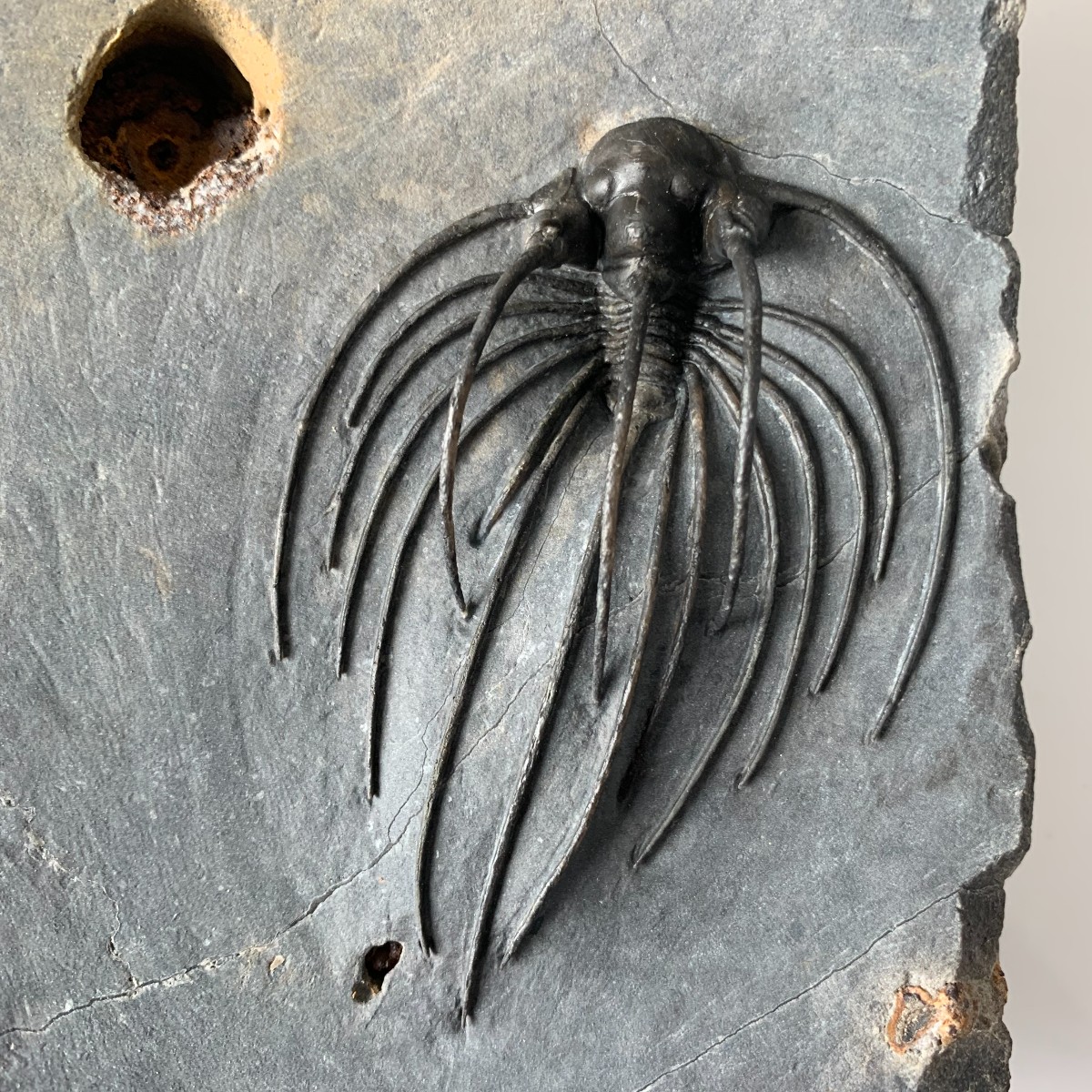

Lower Cambrian trilobites decorate the walls of the old Geology Building at Texas A and M University.
#TrilobiteTuesday
Josephine Horman
ScientistMel on bluesky and countersocial
The Doctor
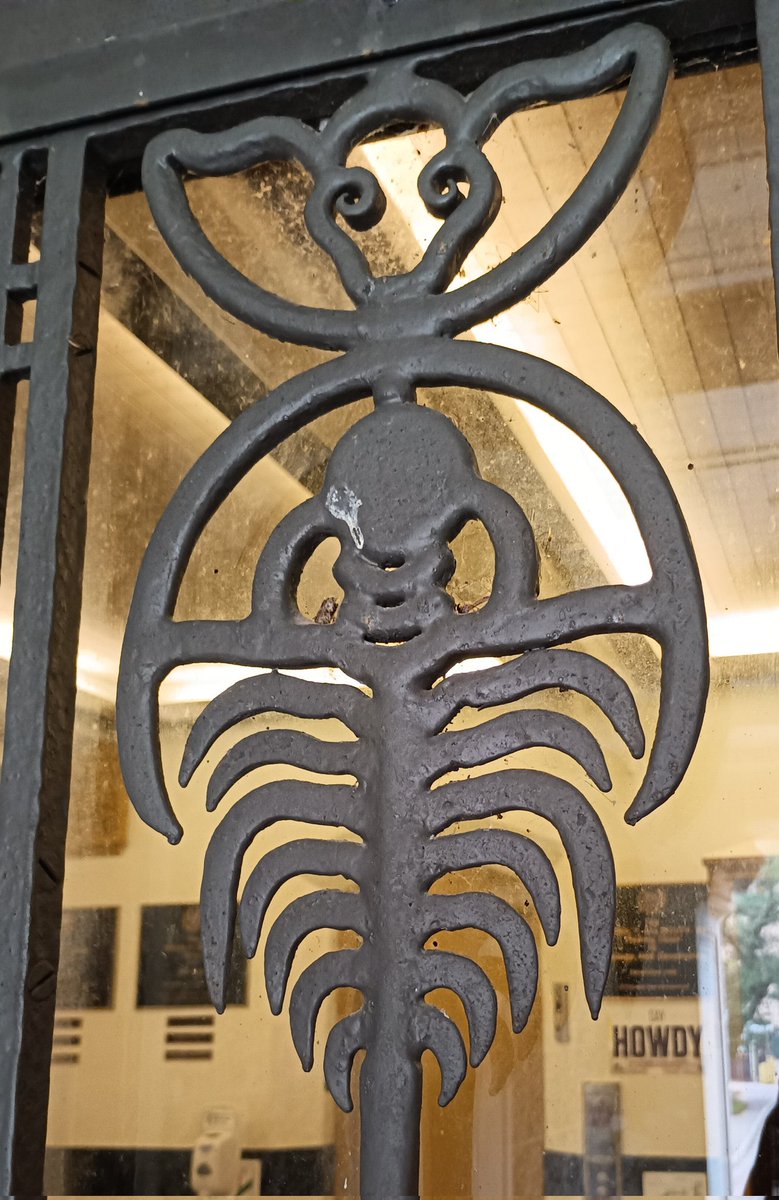

It’s #TrilobiteTuesday ! The eye stalks of this 2-in-(5.1-cm-) Encrinurus would have allowed it to watch its surroundings while burrowed into sea floor sediment—staying hidden from predators. This critter lived during the Silurian Period ~400 mya.
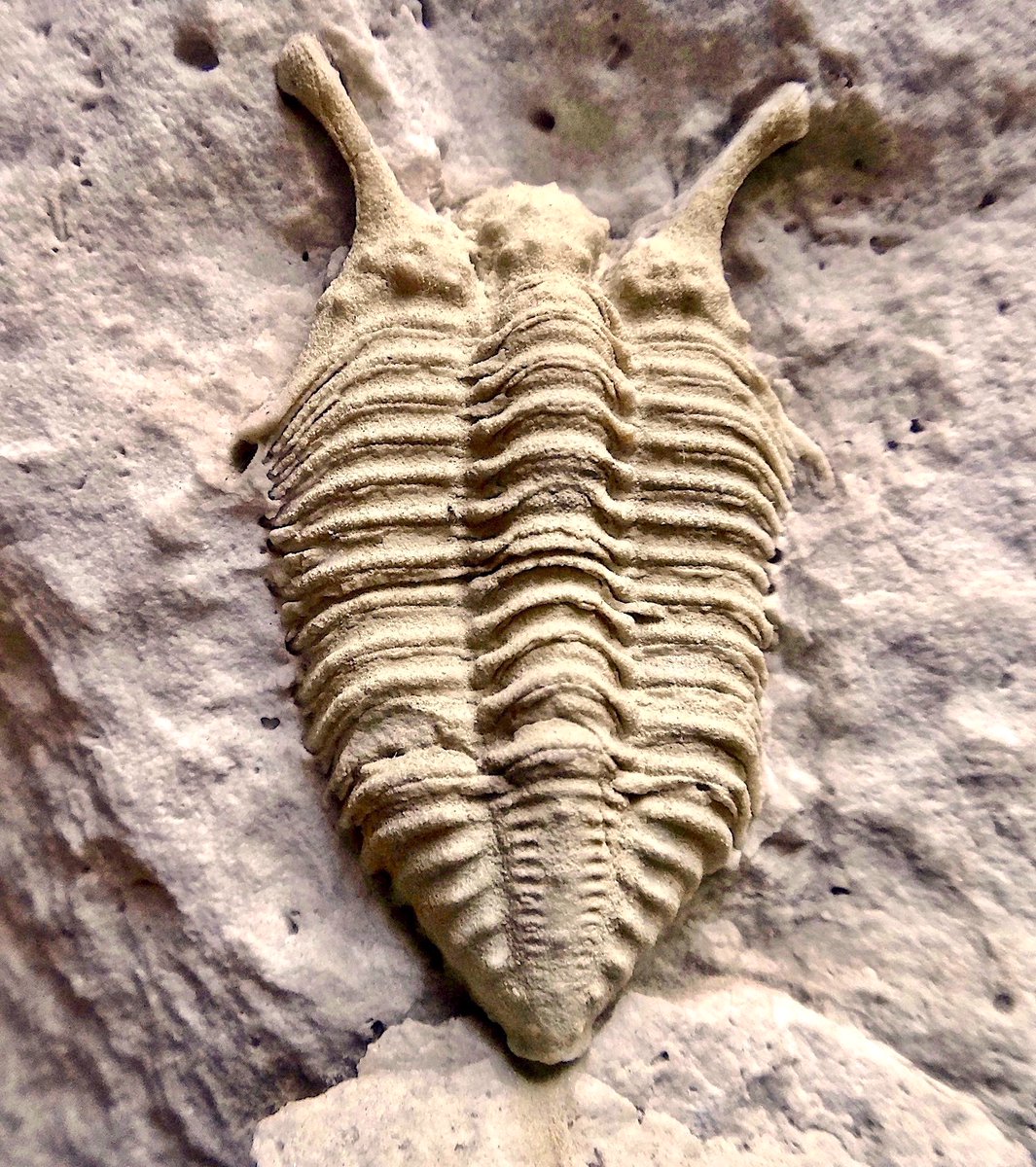

It's #TrilobiteTuesday ! This trio of fossilized Thysanopeltis are from Jorf, Morocco—one of the world’s best-known Devonian sites. Not only are Jorf trilobites relatively common, but examples like this one are often preserved with an eye-catching, glass-like appearance.
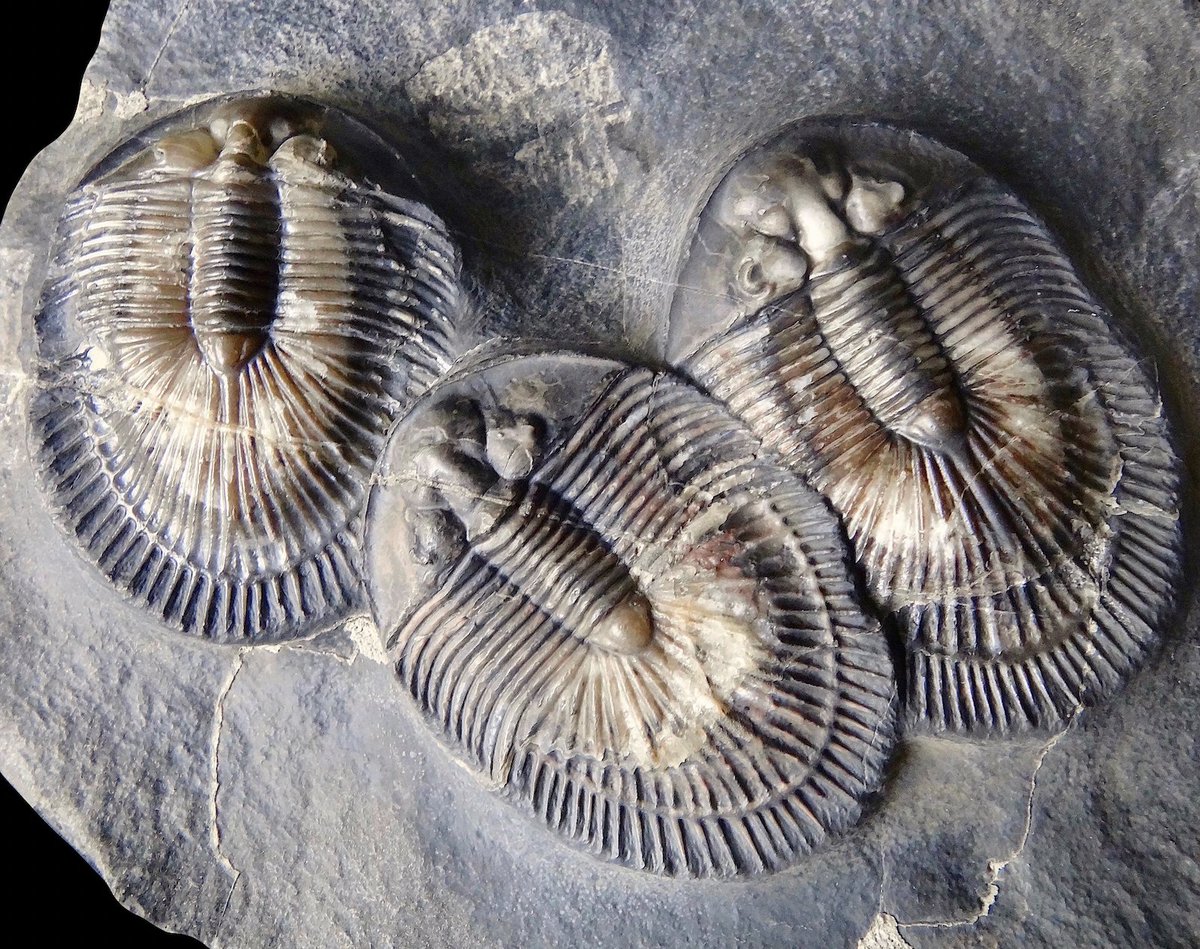

It’s #TrilobiteTuesday ! Pictured is a well-preserved 3-in- (7.6-cm-) long Olenoides. Specimens, like this one from the Middle Cambrian, appear in sedimentary outcrops around the globe—from Utah to Wyoming and British Columbia to Siberia.
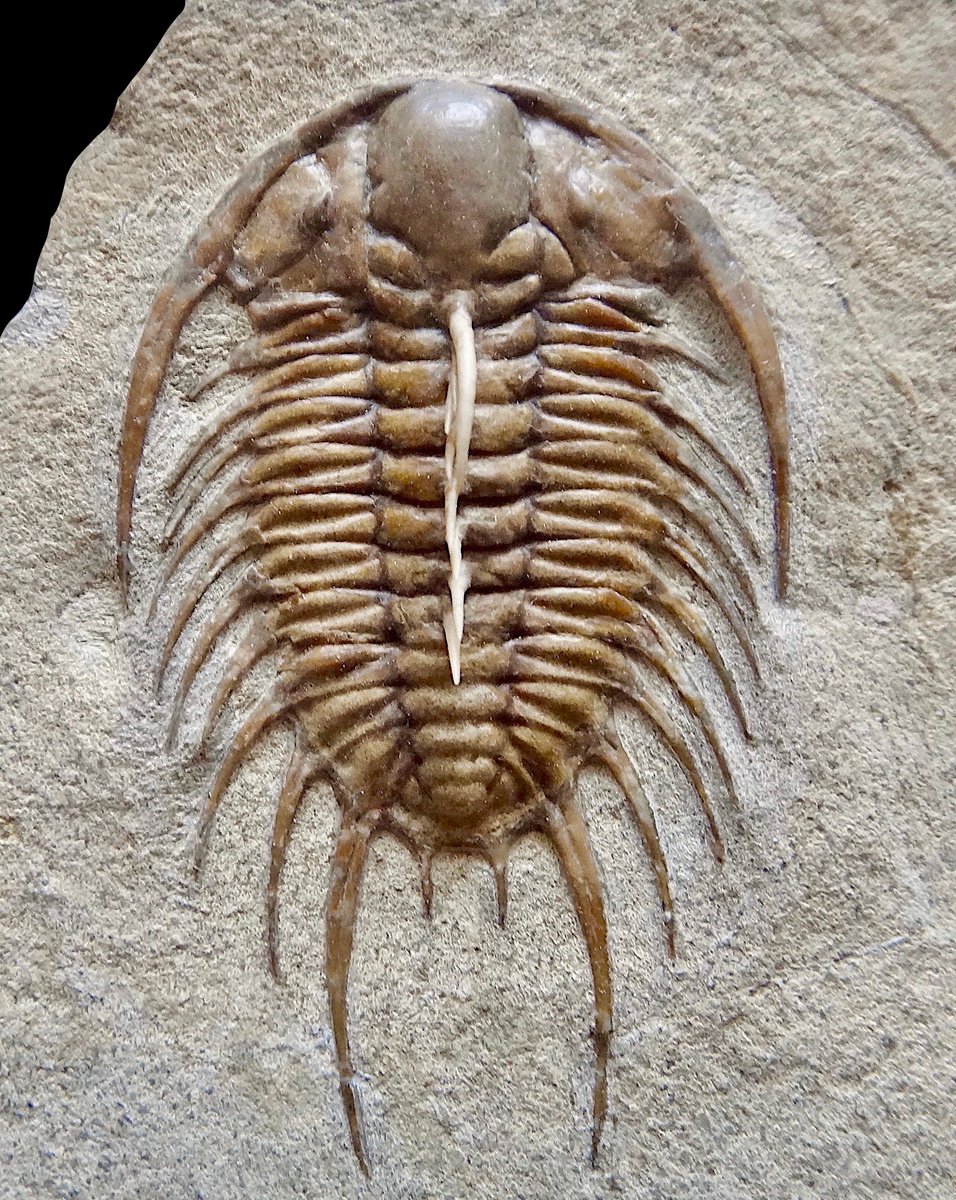

phacops.sp
Iwate Japan
この間こんぷくんと開拓したポイントの石を持って帰ってトリミングしたら出てきた標本。
複眼のぶつぶつがめっちゃ良い。
トキソファコプスとは層順と場所が違うので一応spで
#TrilobiteTuesday
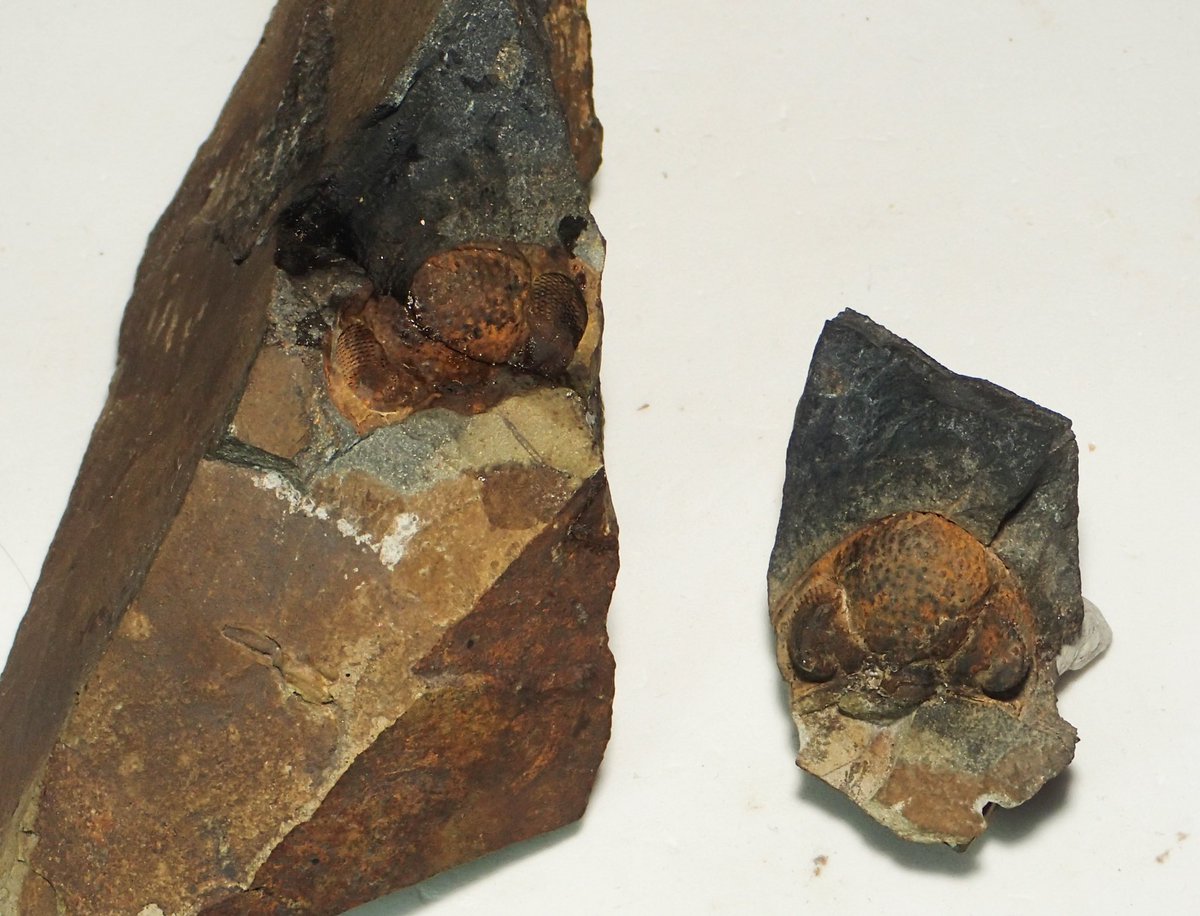

By the time they arrived in Earth's waters, trilobites possessed shells, eyes, & respiratory systems. But some species (like this Olenellus) feature multi-segmented opistothoraxes extending from their tails—evidence of more primitive, worm-like predecessors. #TrilobiteTuesday


Upstate NY's Walcott-Rust Quarry produces some of the best-preserved Ordovician trilobites in the world. Some specimens, like this 4.6-cm- (1.8-in-) long Ceraurus, have thick calcite shells—beautifully displaying the details of these armor-like carapaces. #TrilobiteTuesday
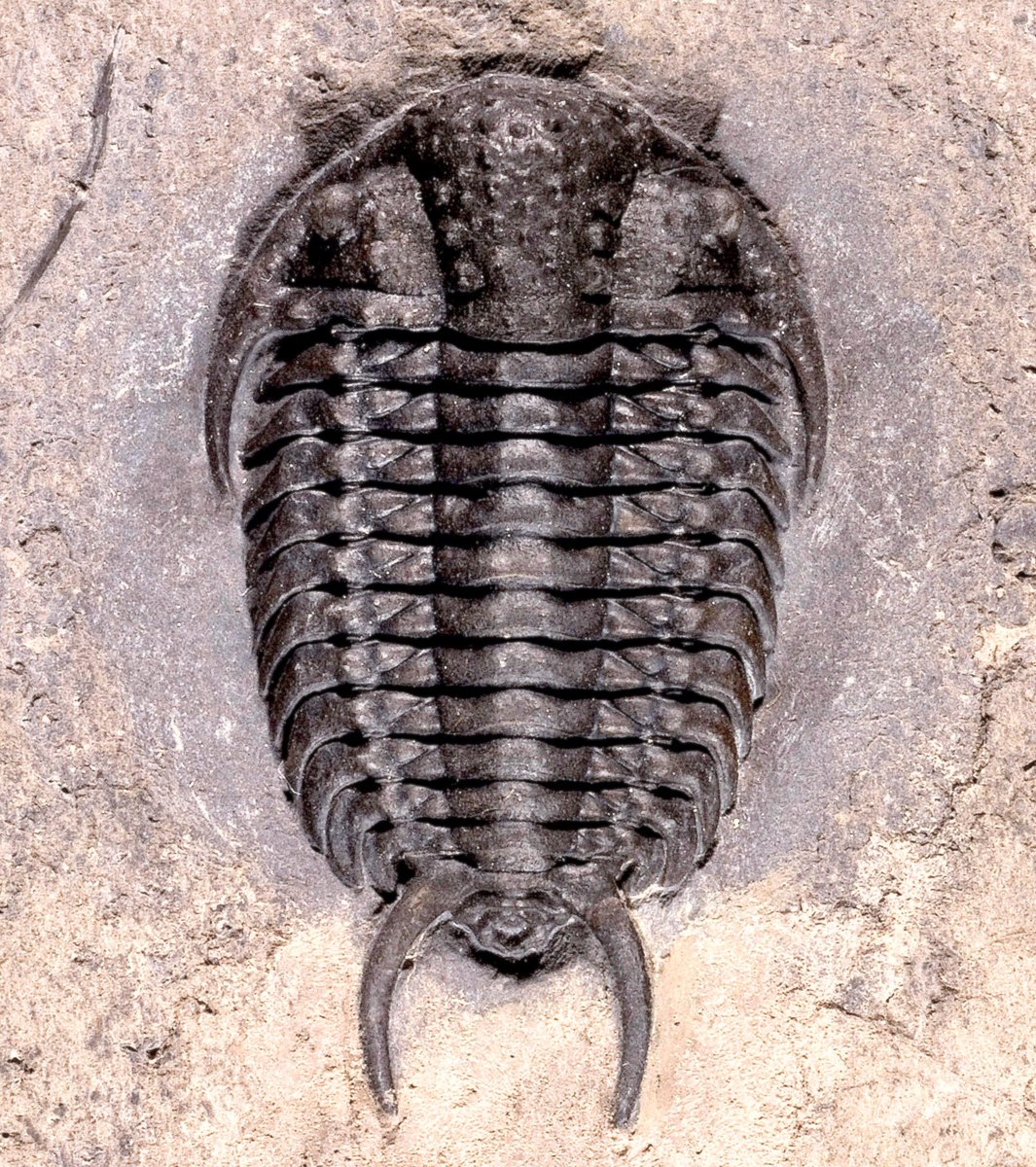

Ever wondered how trilobites are found? Often, rock after rock must be cracked & carefully examined. The presence of a thin cross-section of calcite—like the crack in this Thysanopeltis' body—indicates that a complete specimen might be buried within. #TrilobiteTuesday


It's #TrilobiteTuesday ! Olenellus trilobites, like this 4-in- (10.2-cm-) long specimen from Nevada, were among the more successful of early trilobite genera. Representatives of this distinctive arthropod line are now found in 500 million-year-old Cambrian rocks around the globe.
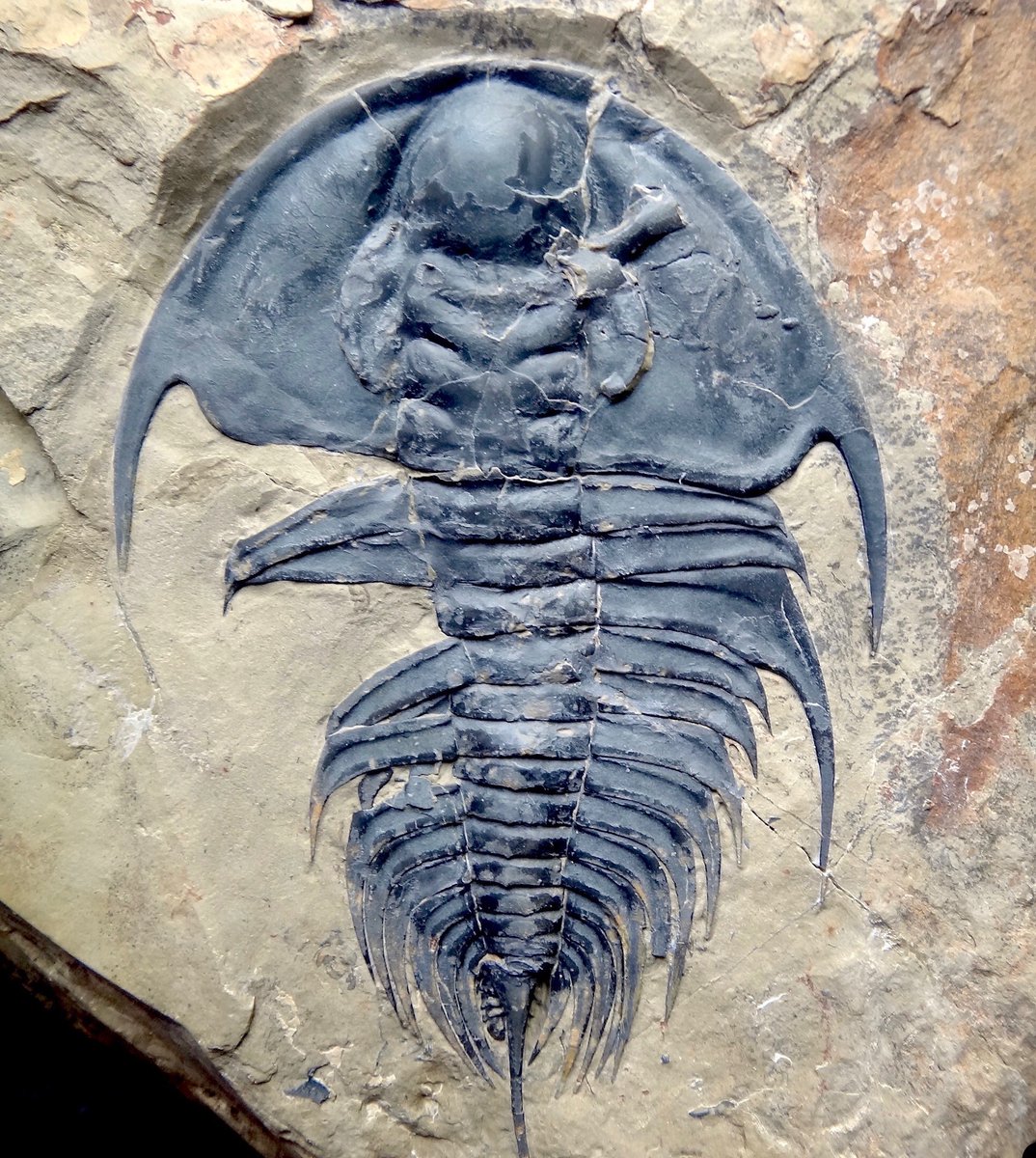

It's #TrilobiteTuesday ! Trilobites existed in the Paleozoic seas for ~270 million years. But by the end of their crawl through the Permian Period, only members of the proetid order—like this slightly disarticulated, 2-in- (5.1-cm-) long Ditomopyge—managed to survive.
